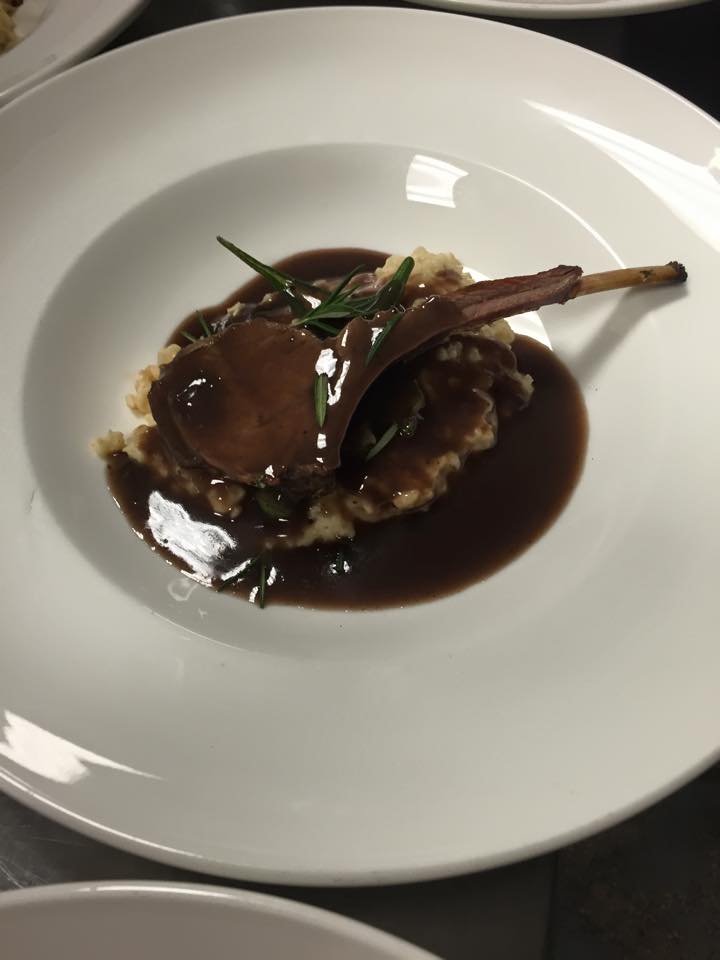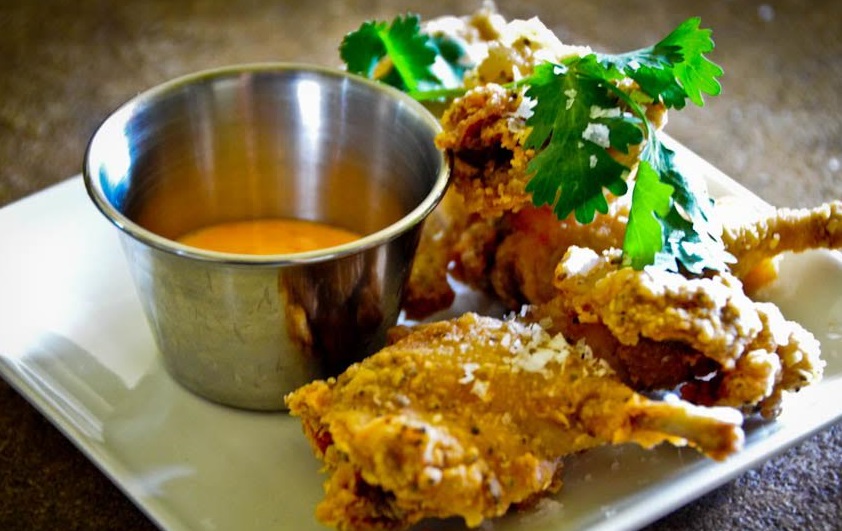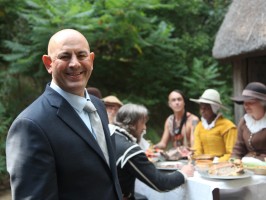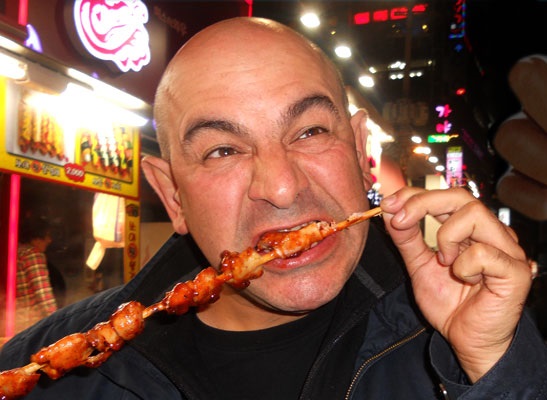
Evin Cooper’s Cottontail Carnitas.
This is Passport to Texas
In 1980, when word spread that author and celebrity chef, Julia Child, planned to prepare rabbit and leek pie on her PBS TV series, the public protested. Their reaction has since been termed: Easter Bunny Syndrome…it’s when we decide which animals not to eat based on their perceived cuteness.
As writer, cook and mom, Evin Cooper tells us, rabbits are as delicious as they are cute, and even better than pork in carnitas. She says her first attempt using cottontails was a success, and began with two rabbits in a slow cooker.
45—And, I stewed them all day with some beer and some homemade salsa, and let them cook and cook and cook. And then, let them cool—and then I deboned the meat. Then, I let the meat sit in the fridge overnight, and the next day I seasoned it up a little bit more with chili powder and cumin and all those wonderful Mexican spices. And I fried them in some hot oil—just the shredded meat—almost like hash browns. It got really crispy on the bottom, and I flipped it over and got it crispy on the other side—almost to the point of burnt. Then, I put it in warm corn tortillas with avocado slices and lime juice. It was so good. I mean, I’ve given up pork for my carnitas. And I want to use almost entirely cottontail now. It’s just delicious.
Find Evin Cooper’s Cottontail Carnitas recipe at passporttotexas.org.
For Texas Parks and Wildlife…I’m Cecilia Nasti.
________________________________________________________
Rabbit Carnitas
Evin Cooper says to make this flavorful dish is a two-day process, and well worth the effort.
Day One
- 2-3* good size jackrabbits/cottontails, skinned and cleaned
- 1 cup salsa
- 1 beer
Day Two
- Corn or canola oil
- taco seasoning**
- prepared rabbit meat
- corn tortillas
- cilantro
- diced onion
- avocado
- lime
For the meat:
The day before you want to serve the tacos, wash the rabbits and pat dry. In a crockpot or a large stock pot, add the rabbits, salsa and beer. Use both your favorite salsa and beer. (Stick with a lighter beer. Dark beers will overpower the flavor of the meat.) Cook the rabbits until they are fall-off-the-bone tender (3-4 hours on the stove, 4-6 hours in a crockpot) and allow to cool a bit. When you can handle the rabbits, pull the meat off the bone and discard the bones. Add the juices from the pot to the shredded meat and refrigerate overnight.
To prepare the tacos:
Heat about ½ inch of oil in a shallow, wide skillet. Toss the cold meat with the taco seasoning and the reserved juices until well combined – use your hands for even distribution. When the oil shimmers, grab a handful of the shredded rabbit and squeeze out most of the juice and put it into the hot oil. Repeat the squeezing process until there is an even layer of meat in the pan, and press down with a spatula once, then leave it alone. Let the bottom get crispy, then toss the meat and press the non-crispy side into the pan to crisp. When crispy, remove from the pan and drain, and repeat with the rest of the meat until all the rabbit has had a turn in the hot oil.
Meanwhile warm corn tortillas on a comal (or in a heavy skillet), dice red onions, chop cilantro, slice limes and cube some avocado, crumble some cotija cheese (optional)
Top a warm corn tortilla with about ¼ cup of the crispy meat, and the toppings of your choice.
*I got about 8 tacos per rabbit, but it really depends on the size of your kill and how stuffed you like your tacos!
**Please don’t use a packet from the grocery store! If you don’t already have a taco mix recipe that you love, find one! Or, you can just season to taste with salt, pepper, garlic, cumin, Mexican oregano and chile.







 Passport to Texas is a
Passport to Texas is a  Passport to Texas is made available by:
Passport to Texas is made available by: